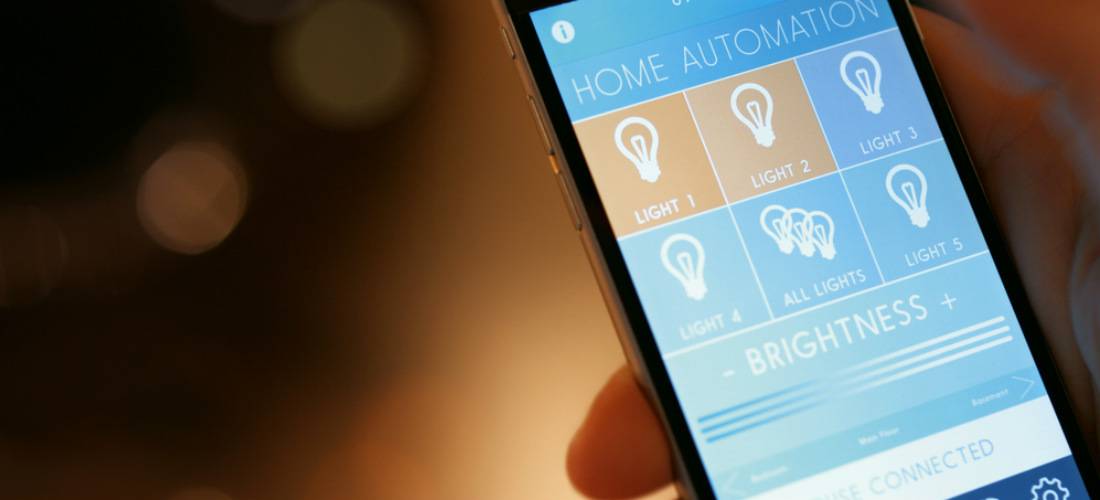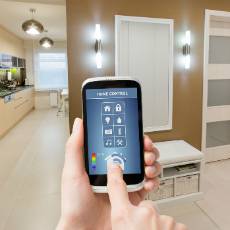A short explanation of standard home automation system automated light modules, including performance specs and applications
More and more homeowners are adding home automation components to their home security systems. Automation can put more control into a homeowner’s hands and can add a layer of security. In settings such as with automated light modules, home automation can also offer savings to the homeowner.

Home automation systems automated light module
When you install automated lighting, you can take more control over when lights in a room or even in a section of rooms are turned on and off. This control is extended to remote settings such as through a proprietary device or, more likely, your personal smartphone, tablet or laptop computer. Most automation programs also allow homeowners to schedule lighting events, including:
- Turning outside lights on and off at certain times
- Managing holiday lights
- Turning different in-home lights on and off when the house is empty
The ability to schedule lighting events in and around your home can increase safety by allowing dark paths or entryways to be lit in the automating home lighting can help you cut energy costs evening, especially when you will arrive home after dark. You can also protect your property by scheduling lights to mimic the usage that would occur if someone were home. This makes your home appear occupied even when the family is gone for several days, reducing the chance of a burglary.
Automated lighting can help you control energy usage and utility bills. If you are at the office, you can check the status of your home once everyone leaves for the day. With remote access, you can turn off lights that were left on in error. Another energy reducing benefit is that individuals who leave in early-morning darkness and arrive home in the late evening will not need to leave lights on all day.
Installation options
 There are basically two options for homeowners who are considering automated lighting. You can purchase automated lighting components and install the products yourself or have a professional installer do the job. Many home security providers will offer free installation with the purchase of equipment or when you enter into a service agreement.
There are basically two options for homeowners who are considering automated lighting. You can purchase automated lighting components and install the products yourself or have a professional installer do the job. Many home security providers will offer free installation with the purchase of equipment or when you enter into a service agreement.
For homeowners with more traditional or even older hardwired systems, adding or even converting to a full home automation system can be costly. For lighting options, this could require connecting to existing wiring and lighting systems, a step that can be disruptive. For wireless systems, adding automated components can be as easy as placing the product and connecting it (through new signals or even just a key-stroke on your computer) to your overall system.
Costs
The range of costs for automated light modules is too wide to offer any useful generalization. A simple, battery-powered light with a motion-sensor triggered when a person walks into a room can run as low as $10. Fully automated systems that coordinate multiple lights in multiple automated home lighting module control sensors rooms can, for the modules alone, run even into the thousands of dollars. Before selecting any home automation system, be sure you have a clear understanding of what the total costs are, including any service or maintenance agreements or monitoring fees that may be attached. You will also want to have a clear understanding of any warranties covering the system.
The choice to install automated light modules may save you money and increase security. QualitySmith can aid you in this effort by connecting you to local home security and automation professionals.
SmartHome.com has a large variety of automated lighting modules available.













Write a Comment